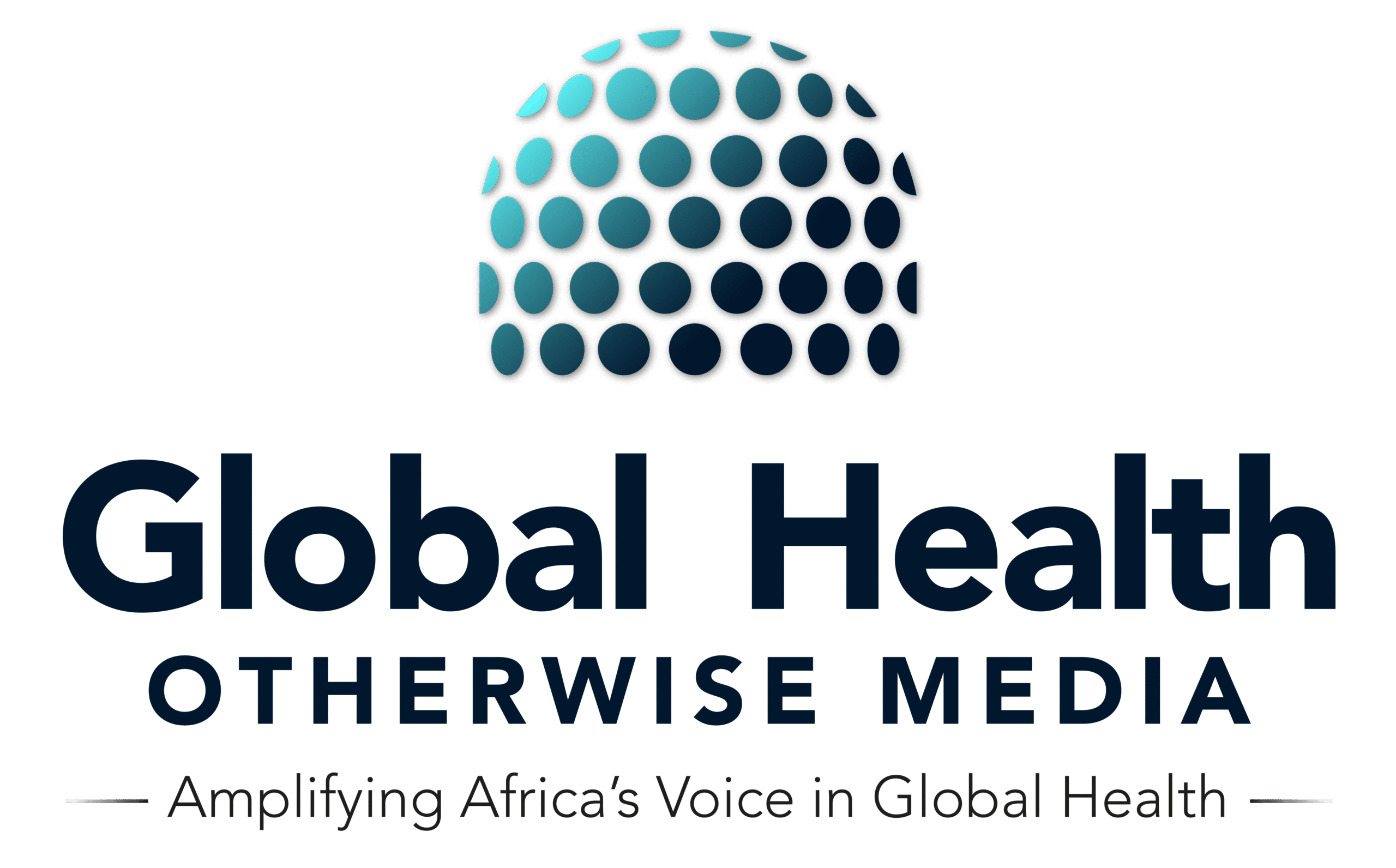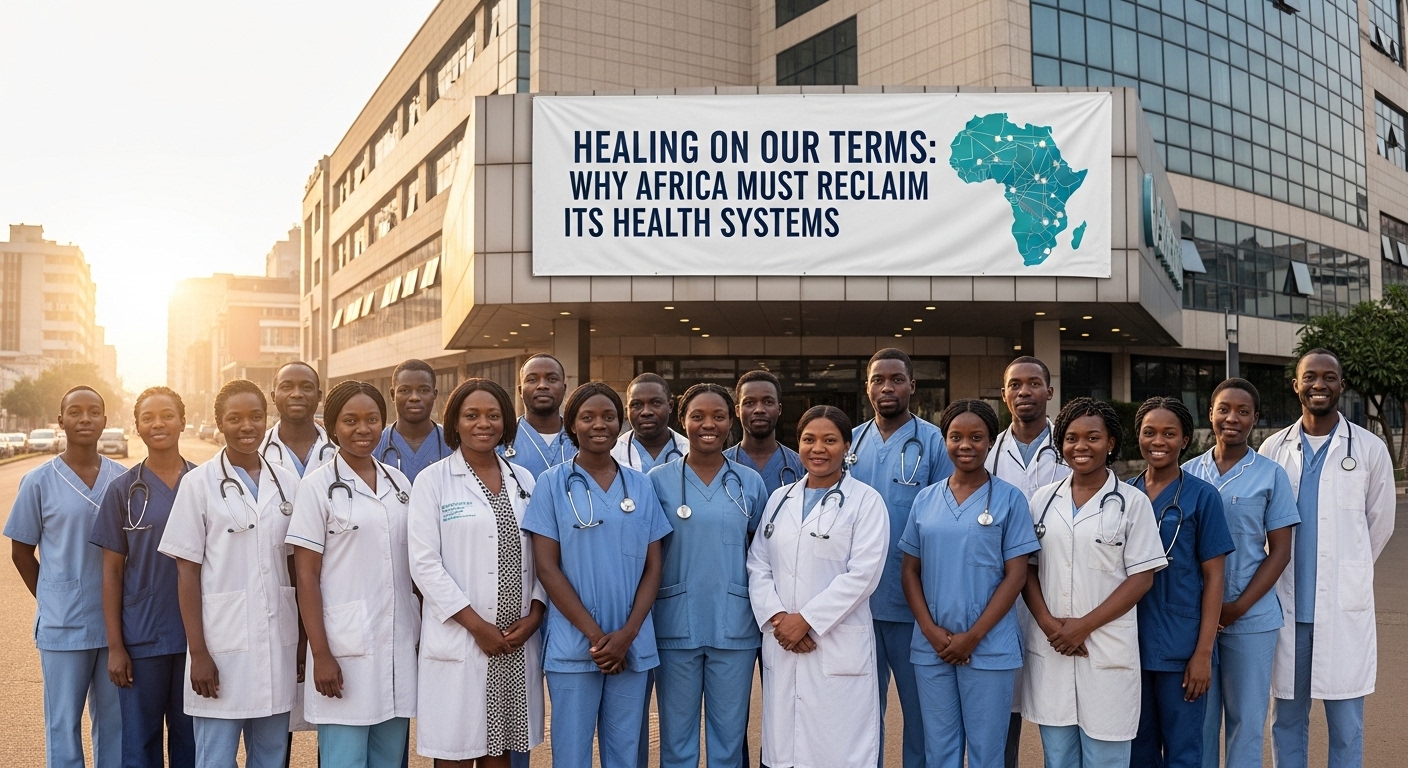Foreign aid has undeniably saved countless lives across Africa. However, behind the success stories of mobile clinics, vaccination drives, and disease-specific programs lies an uncomfortable truth: aid may be weakening, rather than strengthening, the continent’s long-term health resilience.
While clinics are built and vaccines delivered, many health systems remain chronically underfunded, understaffed, and overstretched. In some countries, aid has not repaired broken systems but replaced them, creating a dangerous dependency that may leave Africa more vulnerable over time.
The Dependency Dilemma
For many African countries, the real power in health decisions often sits not within government offices, but in donor boardrooms. In countries like Malawi, Mozambique, and Liberia, over 60% of total healthcare spending comes from foreign donors, making them among the most aid-dependent health systems in the world.
According to the World Bank, external health aid accounts for more than two-thirds of total health expenditures in Malawi and nearly 70% in Mozambique. While this support has certainly helped improve key indicators such as child vaccination rates and access to antiretroviral treatment, it has also fostered a dangerous dependency. Ministries of Health often lack the financial freedom to plan and carry out their own long-term strategies. Instead, they frequently find themselves designing national health policies around donor timelines, funding cycles, and reporting requirements, rather than focusing purely on the actual health needs of their people.
In Malawi, for example, a public expenditure review found that health budgets were heavily skewed toward donor-prioritised programs like HIV and malaria. Meanwhile essential services such as emergency obstetric care, mental health support, and surgical interventions remained critically under-resourced. This donor-driven approach has led to an uneven distribution of resources, where certain diseases receive a disproportionate amount of attention and funding, while other pressing local health needs are pushed aside. This imbalance continues to hinder efficiency, fairness, and the country’s ability to build a strong, people-centered health system.
The Rise of Parallel Systems: Leading to Fractured Care
On paper, foreign aid appears lifesaving, but in practice, it often diverts control away from local institutions. Donor money frequently bypasses national systems, and are channeled into international NGOs, parallel agencies, and vertical programs designed with little local input.
Health Ministry officials sometimes find themselves acting more like project managers than true policymakers. Even worse, they are often left out of the design process for the very programs they are expected to implement. This is not only a funding issue; but also a structural one. When health programs operate independently of national strategies, fragmentation becomes the norm. Services might overlap in some areas while disappearing entirely in others.
Additionally, these services often stop once the funding cycles end. In Uganda, for instance, the rise of vertical programs and disease-specific donor initiatives has created a fragmented health system. HIV clinics operate separately from the broader health system, placing significant strain on existing facilities, drawing staff and resources away from more integrated, system-wide care.
When donors pull back, as seen with recent PEPFAR funding reductions in several middle-income countries, the appearance of a stable health system quickly fall apart. Clinics shut down, staff are laid off, and critical services vanish. What once looked like long-term progress is exposed as a temporary illusion of stability, a substitute for real system-building, not the foundation of it.
The Quiet Erosion of Confidence
Beyond the infrastructure, aid dependency leaves a lasting psychological mark on leaders, institutions, and communities. When solutions consistently come from outside, the message received is clear: local systems can’t be trusted to deliver. Health officials begin deferring to foreign consultants while policymakers wait for validation from international partners and local innovation is replaced by imitation.
Dr. Donald Kaberuka, former president of the African Development Bank, has voiced concerns about how prolonged aid inflows can “dull initiative” and create a “culture of low expectations” among public servants. When local leadership loses confidence, so do citizens, who may begin to see government healthcare as unreliable and international organizations’ as saviors.
Whose Priorities Matter?
The disconnect between what donors prioritise and what local communities truly need is most evident in the way resources are distributed. HIV, malaria, and TB have dominated funding landscapes for decades, thanks to high-profile initiatives like the Global Fund and PEPFAR.
However, African disease burdens are shifting. Today, non-communicable diseases (NCDs), mental health, and emergency surgical care are rising fast, yet they remain severely underfunded. In 2019, alone non-communicable diseases accounted for 37% of all deaths in the African region, yet less than 2% of global health aid is directed toward NCD prevention and care. Despite health ministries being aware of this shift, without the necessary resources to act, they remain stuck chasing donor-driven disease targets that no longer reflect the needs on the ground.
The Validation Trap
Over time, aid has also shaped how African health programs measure success. Instead of homegrown metrics tied to community outcomes, performance is often linked to donor targets: number of workshops held, policies drafted, or indicators ticked off. This breeds a culture of validation-seeking, where local initiatives only gain credibility once endorsed by a foreign institution. Innovation becomes an imitation of Western models, even when those models don’t fit the cultural or logistical context.
In Rwanda, the government took strong control of donor alignment. All donor programs now align with national priorities and operate within government structures, resulting in greater coherence, stronger local ownership, and a health system that continues to grow, even as donor funds decline.
Toward Health Autonomy
The alternative is not to turn off the taps of foreign aid, but to change how it is delivered. To shift from aid dependence to collaboration, from targets to trust, and from substitution to real system-building. Thought leaders are advocating for transition financing, where donors gradually withdraw support while deliberately investing in national capacity, rather than setting up parallel structures.
Organizations like UHC2030 have endorsed principles urging countries and development partners to shift toward co-financing models that progressively transfer ownership to governments. In Ghana, for instance, President Nana Akufo-Addo’s “Ghana Beyond Aid” agenda moves beyond conventional donor models, aiming to transform aid-dependent relationships into trade- and investment-driven partnerships, pushing Ghana toward economic independence. Similarly, in Ethiopia, the federal government has harmonized donor-funded health programs through its “One Plan, One Budget, One Report” approach, ensuring that all strategic planning, financing, and reporting align with government structures.
This approach has centralised program coordination under national leadership, moving from fragmented external projects to a unified, government-led health system. More importantly, there is growing awareness that a strong health system is not just about equipment and drugs, but about leadership, policy space, and national pride. As African voices become more prominent in global health discussions, the old donor-driven model must give way to a new approach: one rooted in listening, strengthening institutions, and growing solutions from within.
Healing on Africa’s Terms
Africa’s future depends not just on syringes or clinics, but on autonomy. It depends on the ability to make its own decisions, to plan its own path, and to care for its own people. If aid is to truly support that future, it must listen more than lecture, build more than brand, and empower more than simply execute.
Yes, foreign aid has saved lives. But it must now do something even harder: step back, support local leadership, and trust that Africa can heal on its own terms.



